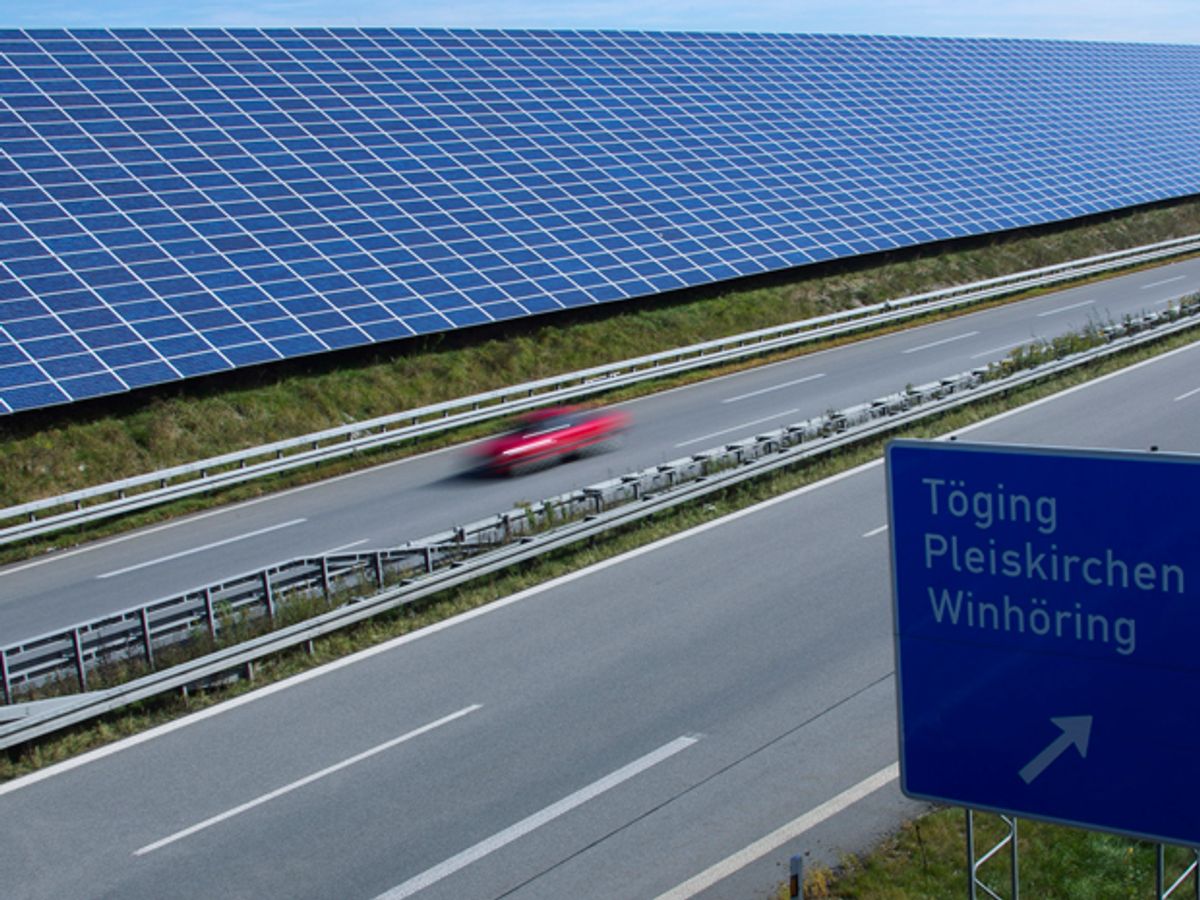Last Friday Germany’s grid regulator released the 2013 data for grid reliability, and the figures have renewable energy advocates crowing. The latest numbers (released in German) reveal no sign of growing instability despite record levels of renewable energy on the grid — 28.5 percent of the power supplied in the first half of 2014. In fact, Germany's grid is one of the world's most reliable.
According to the Bundesnetzagentur, unplanned outages left the average German consumer without electricity for 15.32 minutes in 2013, down from 15.91 minutes in 2012 and 21.53 minutes in 2006. The performance, using the power industry's System Average Interruption Duration Index (SAIDI), affirms Germany's place in the top five for grid reliability for European countries.
German grid reliability, meanwhile, far outstrips the best SAIDI results delivered by U.S. and Canadian utilities. The top quartile of SAIDI results captured by last year's North American reliability benchmarking exercise by the IEEE Power & Energy Society, for example, had consumers without power for an average of 93 minutes — six times longer than outages experienced by the average German consumer.
What makes Germany's grid reliability notable is the repeated insistence by critics of renewable energy that blackout risk is rising under the German Energiewende or 'energy transition'. As Craig Morris, lead author of the Berlin-based German Energy Transition, writes this week: "The news may come as a surprise to international critics of the Energiewende."
Morris highlights one critical piece published by the Washington, D.C.-based Institute for Energy Research on the day that the Bundesnetzagentur released its data. The free market, fossil fuel-oriented group argues that German laws driving the installation of relatively clean but intermittent energy sources such as wind turbines and solar panels have already caused a "destabilization of the grid."
The outcome of the Energiewende, predicts the group, will be "a higher potential for blackouts." As Morris' post this week notes, the most likely reason for Germany's grid reliability is the preponderance of underground lines in the distribution networks. Over 80 percent of Germany's low-voltage lines and over 90 percent of its medium-voltage lines are underground. Other European countries scoring high on SAIDI have similar preponderance of underground distribution, including Denmark, Switzerland and the Netherlands, according to a December 2013 reliability assessment from the Brussels-based Council of European Energy Regulators.
For Germany to maintain its reliability, it may ultimately need a lot more lines. A December 2012 study by the Berlin-based German Energy Agency or DENA found that continued growth in renewables would require 135,000-193,000 kilometers of new lines by 2030, and the upgrading of another 21,000-25,000 km. Stephan Kohler, DENA's CEO, raised doubts that distributors could handle that €27.5-42.5 billion investment, despite financing mechanisms provided by the Bundesnetzagentur to spur investment: “The Federal Network Agency legally mandated an attractive profit. However, our study reveals that in practice the profits from increasing integration of renewable energy systems ... are not adequate for the distribution grid operators to survive."
Upgrades are, however, proceeding at the transmission level. Germany's transmission operators are planning a set of internal high-voltage direct current (HVDC) lines that are expected to help distribute wind power generated in the North to consumers in the South, and to help push excess solar generation in the opposite direction.
The controllability of those HVDC lines should also be a boon for Germany's neighbors. North-South power flows regularly loop out of Germany's grid and hitch a ride over neighboring transmission grids instead. That's an added burden that Poland, in particular, doesn't need. While German consumers enjoy the highest levels of reliability, those in neighboring Poland suffered through an average of 254 minutes of unplanned outages in 2012. In other words, Poland's grid operators have all the work they need just managing their internal system challenges.
Peter Fairley has been tracking energy technologies and their environmental implications globally for over two decades, charting engineering and policy innovations that could slash dependence on fossil fuels and the political forces fighting them. He has been a Contributing Editor with IEEE Spectrum since 2003.




